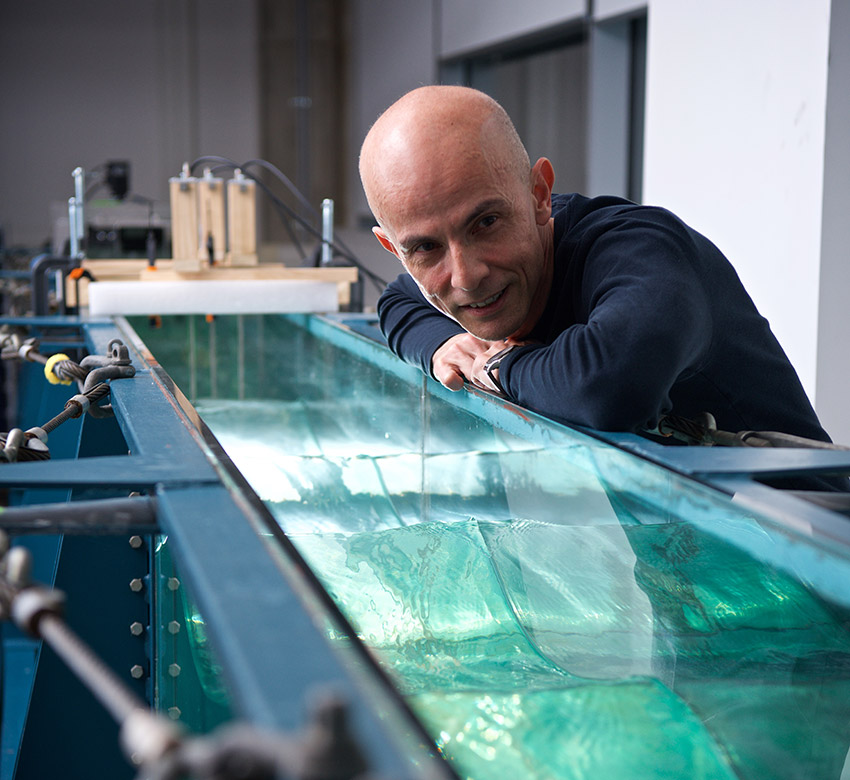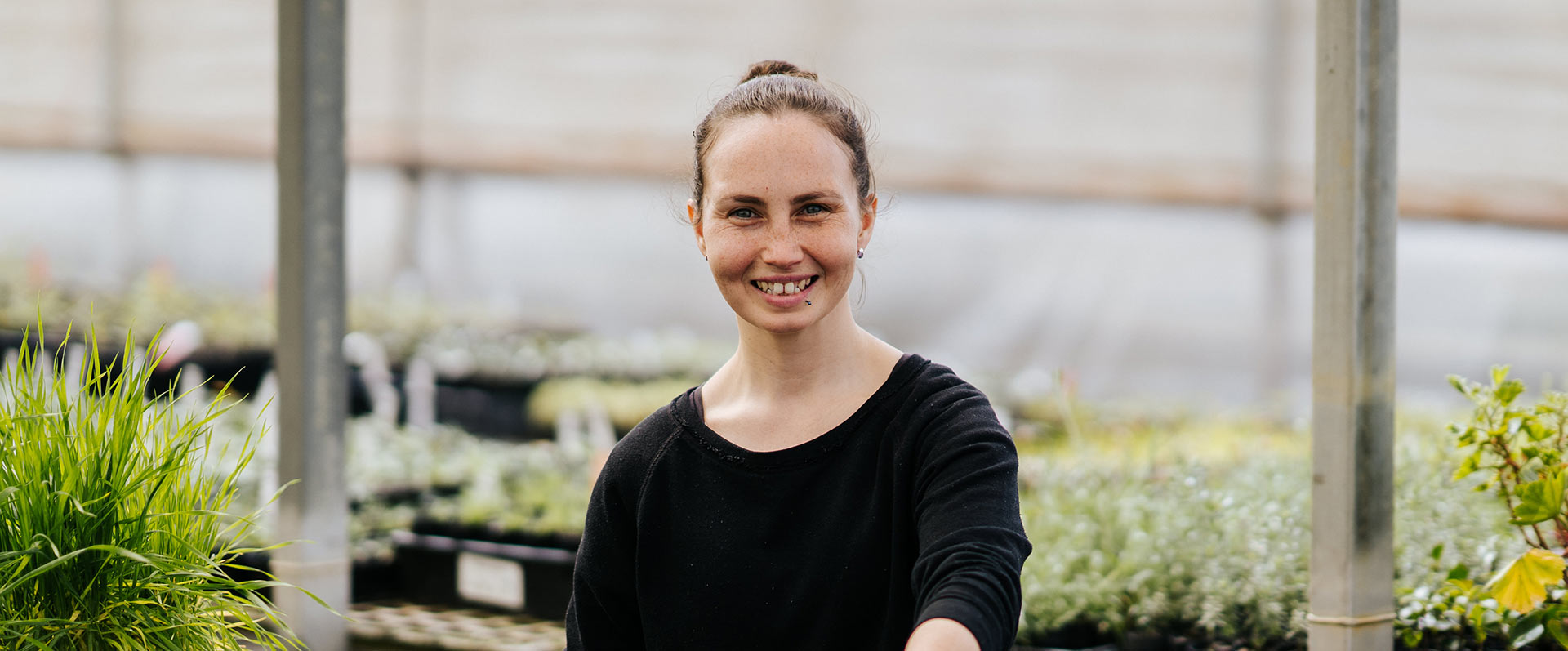Making waves in renewable energy research
Generous donations from donor Nan Brown are supporting wave power research and transforming the future of renewable energy.
Professor Richard Manasseh and his team at Swinburne are working on research that will support the development of wave power infrastructure in Australia and around the world.
A mechanical engineer with a PhD in applied mathematics, Richard’s research focuses on wave modes and oscillators in fluids and their interactions. He is presently supported by the Australian Renewable Energy Agency (ARENA) and two Australian wave-power companies, in partnership with the University of Tasmania.
Following earlier donations from Nan Brown, the research received a significant boost in 2016. A long-time supporter of Swinburne, Nan was motivated to make a positive impact in the world and support renewable energy. Her donation has contributed to Swinburne’s computerised random wave-maker.
We're extremely grateful to have support from Nan, because it gives us that much-needed funding to build our capacity.
“Wave power is a difficult energy source to harness. Unlike wind or water flowing from a dam, flows due to waves are not unidirectional; their movement is never steady and they are constantly reversing,” Professor Manasseh explains.
“Ocean swell is one of the most abundant sources of renewable energy. To harness this constantly-reversing movement some sort of mechanism is required. Since there is no perfect mechanism for this, different companies have their own designs of Wave Energy Converter (WEC) mechanisms. Each is at varying points in the development cycle, ranging from conceptual to grid-connected pilot plants.”
The work for ARENA is driven by a need to move the growing Australian wave-power industry from trials of individual WEC concepts to farms or arrays.
“It is critical for research to take place into how WECs affect one another. Unlike wind turbines or solar panels, the positioning of wave power machines can impact their extraction of energy. We combine mathematical modelling with laboratory experiments to predict the performance of these arrays of WECs.”
“Our research will create a software tool for planning further developments and may also be used to obtain regulatory and planning approvals. It has the potential to be used around the world by developers to identify the best layouts for arrays.”
“While our research is progressing using standard theories, deeper issues of fundamental physics are emerging. The random wave-maker that Nan is funding will permit research into new mathematical theories supporting wave-energy.”
“Without this research wave power would be at the mercy of trial and error – and the errors can be very expensive.”
In 2016, Nan gave another significant donation to fund the research. Richard and his team are “extremely grateful to have support from Nan, because it gives us that much-needed funding to build our capacity”.
Nan and her sister Elizabeth Brown have been donating to Swinburne for many years. Their support has had a significant impact on students, researchers and the wider community.

Donate to Swinburne
Supporting education at Swinburne does make a real impact in the world.
We're extremely grateful to have support from Nan, because it gives us much-needed funding to build our capacity
Professor Richard Manasseh
